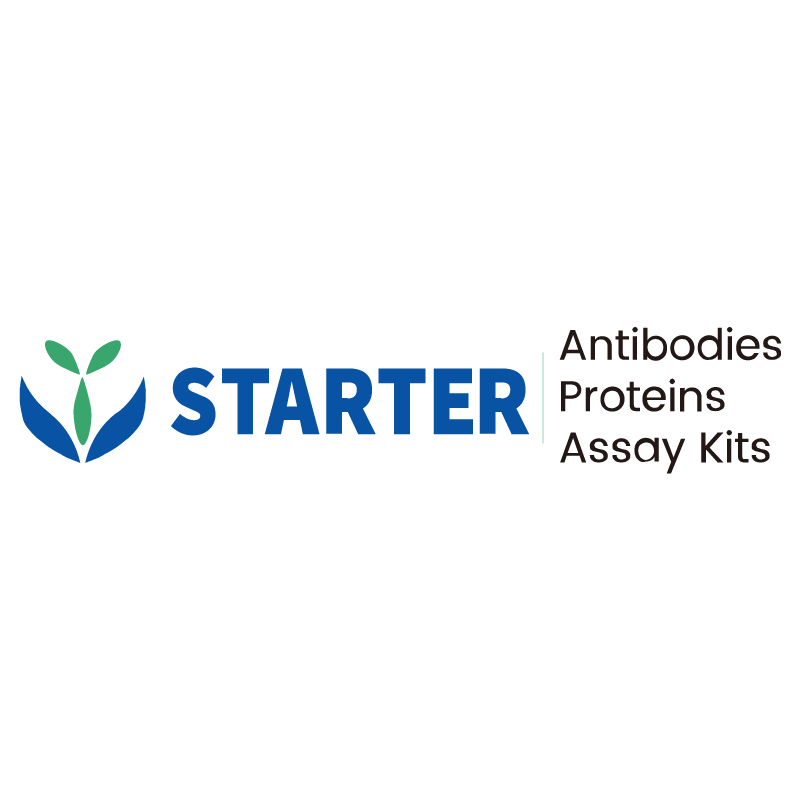Flow cytometric analysis of Lewis Rat splenocytes labelling Rat MHC II(RT1D) antibody at 1/2000 (0.1 μg) dilution/ (Right panel) compared with a Mouse IgG1, κ Isotype Control / (Left panel). Goat Anti-Mouse IgG Alexa Fluor® 488 was used as the secondary antibody. Then cells were stained with CD3 - Brilliant Violet 605™ Antibody separately.
Product Details
Product Details
Product Specification
| Host | Mouse |
| Antigen | MHC II (RT1D) |
| Location | Membrane |
| Accession | Q31281 |
| Clone Number | S-R649 |
| Antibody Type | Mouse mAb |
| Isotype | IgG1,k |
| Application | FCM |
| Reactivity | Rt |
| Positive Sample | Lewis Rat splenocytes |
| Purification | Protein G |
| Concentration | 2 mg/ml |
| Conjugation | Unconjugated |
| Physical Appearance | Liquid |
| Storage Buffer | PBS pH7.4 |
| Stability & Storage | 12 months from date of receipt / reconstitution, 2 to 8 °C as supplied. |
Dilution
| application | dilution | species |
| FCM | 1:2000 | Rt |
Background
MHC II (Major Histocompatibility Complex Class II) proteins are a class of cell surface molecules expressed by antigen-presenting cells (such as dendritic cells, macrophages, and B cells). They are responsible for presenting exogenous antigenic peptides to CD4+ T helper cells, thereby initiating adaptive immune responses. MHC II molecules consist of two transmembrane chains (α and β) that form a peptide-binding groove, which binds and displays antigenic peptides derived from extracellular pathogens or proteins. Their expression is regulated by immune modulators (such as IFN-γ) and plays a critical role in autoimmune diseases, transplant rejection, and infection immunity. The diversity of MHC II is encoded by highly polymorphic genes, ensuring a broad capacity for antigen recognition, making it a core mechanism of the immune system for identifying and eliminating pathogens.
Picture
Picture
FC


